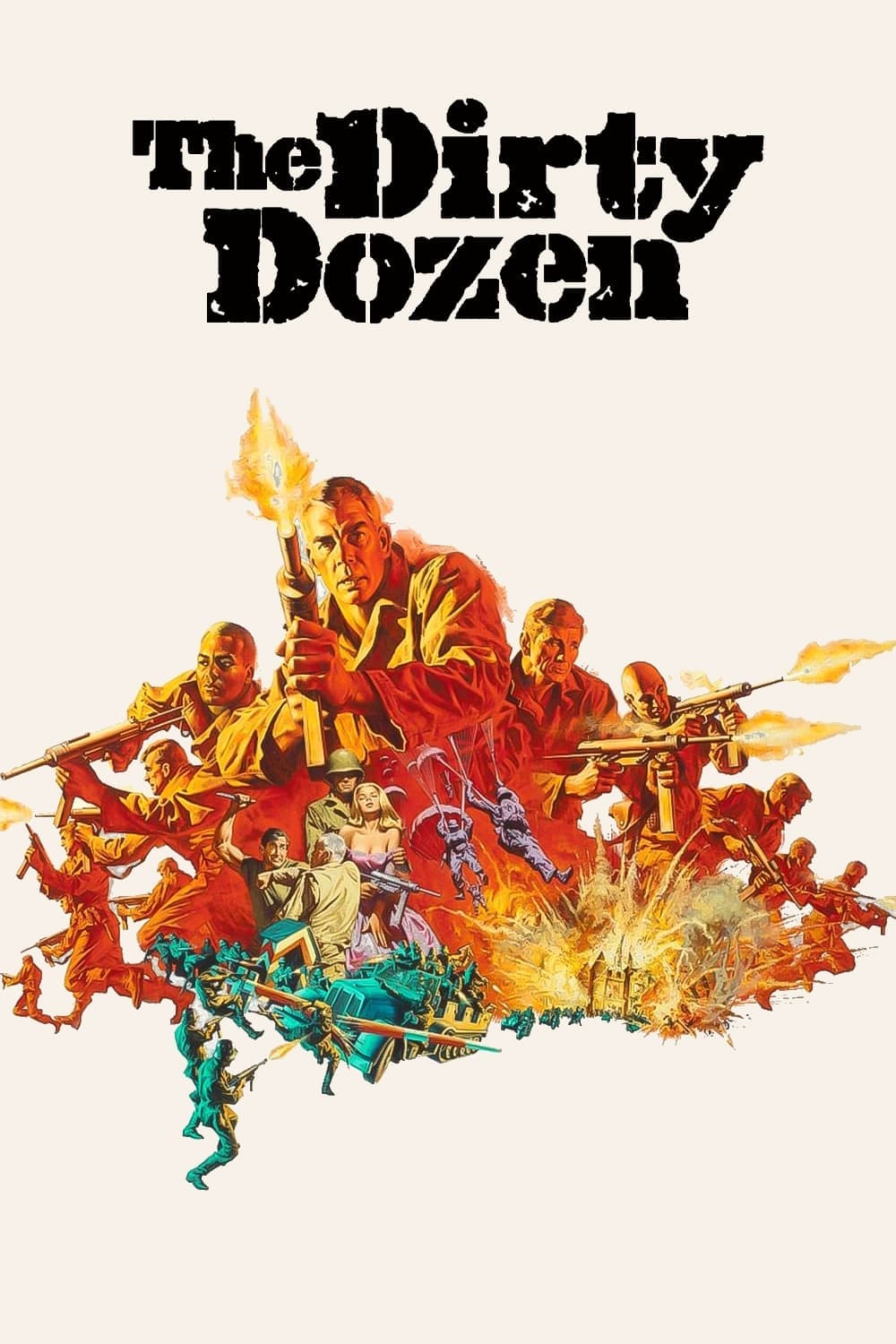
The Dirty Dozen
1967
Rate this movie
Average: 5.00 / 5
(1 votes)
Director
Robert Aldrich, master of a muscular and relentless cinema, capable of scrutinizing America's innermost soul, plunges us into this epic war story. It is not merely the narration of an armed conflict, but a sharp inquiry into the concepts of honor, courage, and redemption, here deconstructed and reassembled through a cynical and disillusioned lens, typical of his filmography.
The story, set in the pivotal year 1944, is the quintessence of the "men on a mission" genre, a genre Aldrich himself had already explored and which he here elevates to a paradigm: twelve criminals, outcasts and violent men, who are offered the only way to redeem their prison sentences and, perhaps, their stained souls. The mission, a veritable death sentence disguised as an opportunity: penetrate the heart of Nazi Germany to blow up an enemy command center, a fortress as impregnable as it is morally ambiguous in its ultimate purpose.
Leading them is an archetypal figure of Aldrich's cinema: Major Reisman, played by a monumental Lee Marvin, whose rough gravitas and disillusioned gaze embody the man of value who is simultaneously an outsider, always intolerant of impositions from above, bureaucratic logic, and the hypocrisy of military leadership. His leadership is not of the classic mold, but a delicate balance between coercion and understanding, a Faustian pact sealed with men who have nothing to lose.
The film acquires its immense relevance and timeless classic status thanks to a shrewd screenplay, the work of Nunnally Johnson and Lukas Heller, which does not merely delineate the surface but digs deep into the psychological profile of each "hero" – if they can be called that – involved in the story. From the meticulous and anarchic John Cassavetes to the showy and ruthless Telly Savalas, from the indomitable Jim Brown to the taciturn Charles Bronson, and to the bizarre Donald Sutherland, each member of this "dirty dozen" is a universe of scars and vain aspirations, a microcosm of rebellion and disillusionment. The narrative proceeds without dips in tone; indeed, it develops with an inexorable progression, almost a feverish crescendo that links each event to the previous one with stringent logic, always maintaining high tension and the dizzying unfolding of events. It is a macabre ballet of violence and black humor, a perverse ode to destructive efficiency, which resonated powerfully in the 1960s, a decade in which wartime innocence gave way to an increasingly sharp and disillusioned critique of war.
Many memorable scenes, authentic shards of pure cinema that imprint themselves on the viewer's memory. From the hot water revolt at the training camp led by the charismatic Cassavetes, a moment of anarchic rebellion that reveals the untamed nature of these men, to the assault on the Nazi Castle, a military operation choreographed with brutal precision. Here Aldrich spares no violence, nor the dehumanization of war: the commando who, upon realizing that the Nazis are all sheltered in a bunker, blows it up by throwing grenades into the air vents, is not just a breathtaking action scene, but a sharp commentary on modern warfare, where distance nullifies the enemy's humanity. It is an image that foreshadows the cold efficiency of massacres committed with a click, a disturbing omen of the future of armed conflicts.
The film, released in 1967, fits perfectly into that strain of war cinema which, on the wave of growing dissent towards the Vietnam War, began to dismantle the glorifying epic of past conflicts, proposing a rawer, more ambiguous, and often nihilistic vision. Although set in World War II, "The Dirty Dozen" is imbued with a contemporary disquiet, an implicit critique of blind authority and the idea that any atrocity is justifiable in the name of victory. Aldrich, who had already shown his aversion to incompetent officers and corrupt hierarchies in "Attack!" (1956), here elevates the concept of a 'suicide mission' to a moral parable, questioning the meaning of redemption for men who seek not forgiveness, but only a way out of death row, or perhaps, an ultimate meaning to their outcast existence.
The cast, an authentic parade of male stars of the period – from Telly Savalas, who here creates his most iconic pre-Kojak character, to Donald Sutherland, in one of his first great performances that would cement his status as an eclectic and magnetic actor, through the solid and stoic Bronson and the rebellious Cassavetes – is masterfully orchestrated, creating a unique alchemy between extreme individualities. They are not heroes in the classic sense, but archetypes of a restless America, men whom society has discarded and whom society now finds itself having to employ for its most ignoble and pragmatic purposes. Theirs is a paradoxical redemption, accomplished through acts of violence and disobedience, a bitter counterpoint to the romantic idea of the valorous soldier, an exploration of the gray morality lurking in the darkest recesses of war.
The influence of "The Dirty Dozen" has been immense. It redefined the war film and team action genre, becoming a model for countless subsequent films, from Brian G. Hutton's "Where Eagles Dare" to the nihilistic irony of Quentin Tarantino's "Inglourious Basterds," which reprises the idea of a team of specialists dedicated to sabotaging the enemy with unconventional methods. Its fast pace, its explicit yet never gratuitous violence (within the context of its message of denunciation and disillusionment), and its ability to generate empathy for morally compromised characters, have made it an indispensable cornerstone. It is a film that moves on the subtle line between exploitation and profound drama, between spectacular action and bitter reflection on the human condition in times of conflict. A work that, decades later, continues to provoke and fascinate, demonstrating how a great storyteller can transform a simple war story into a universal examination of human nature, its contradictions, and its inextinguishable, however misguided, search for a last, dirty, spark of redemption.
Gallery
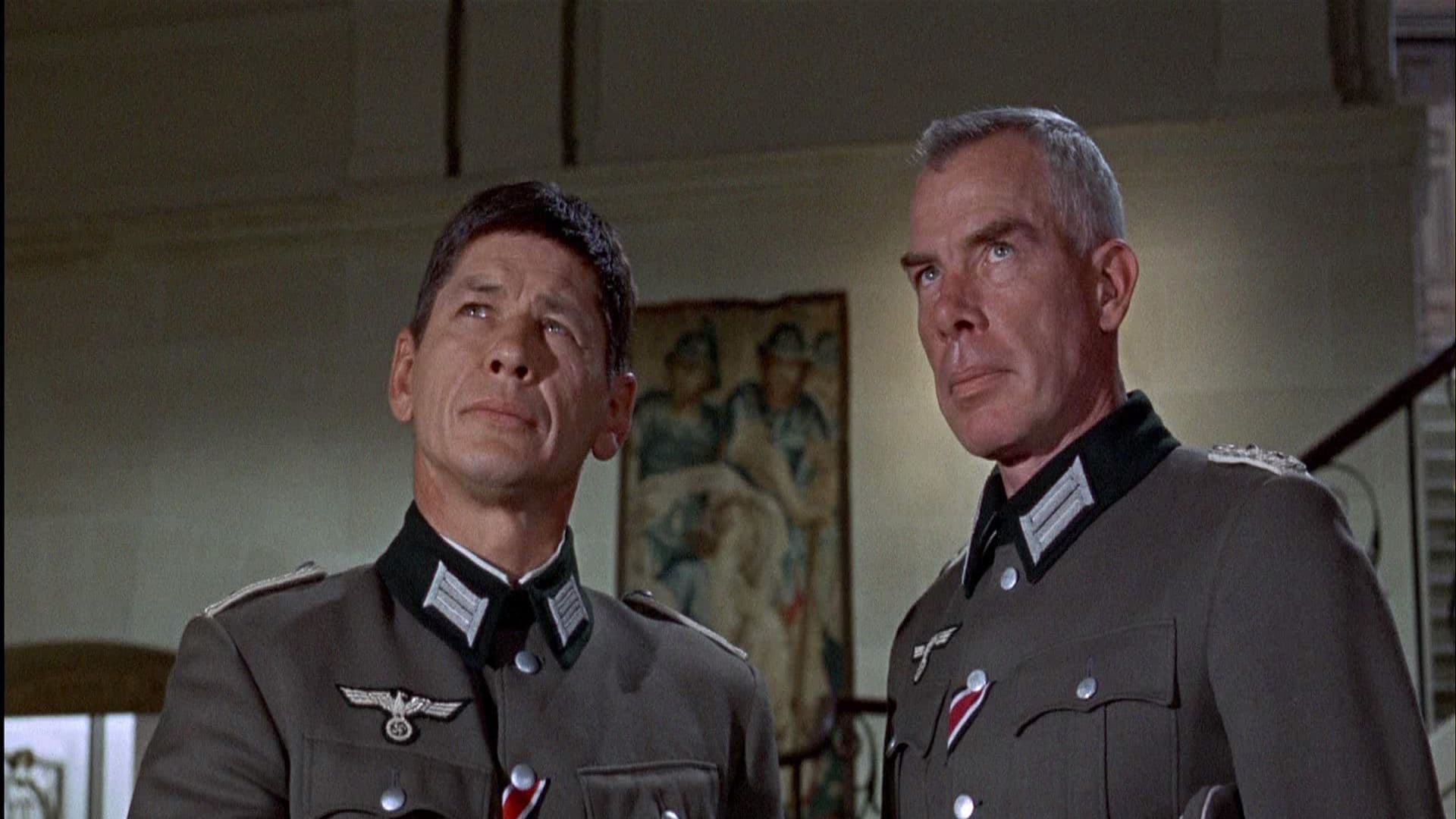
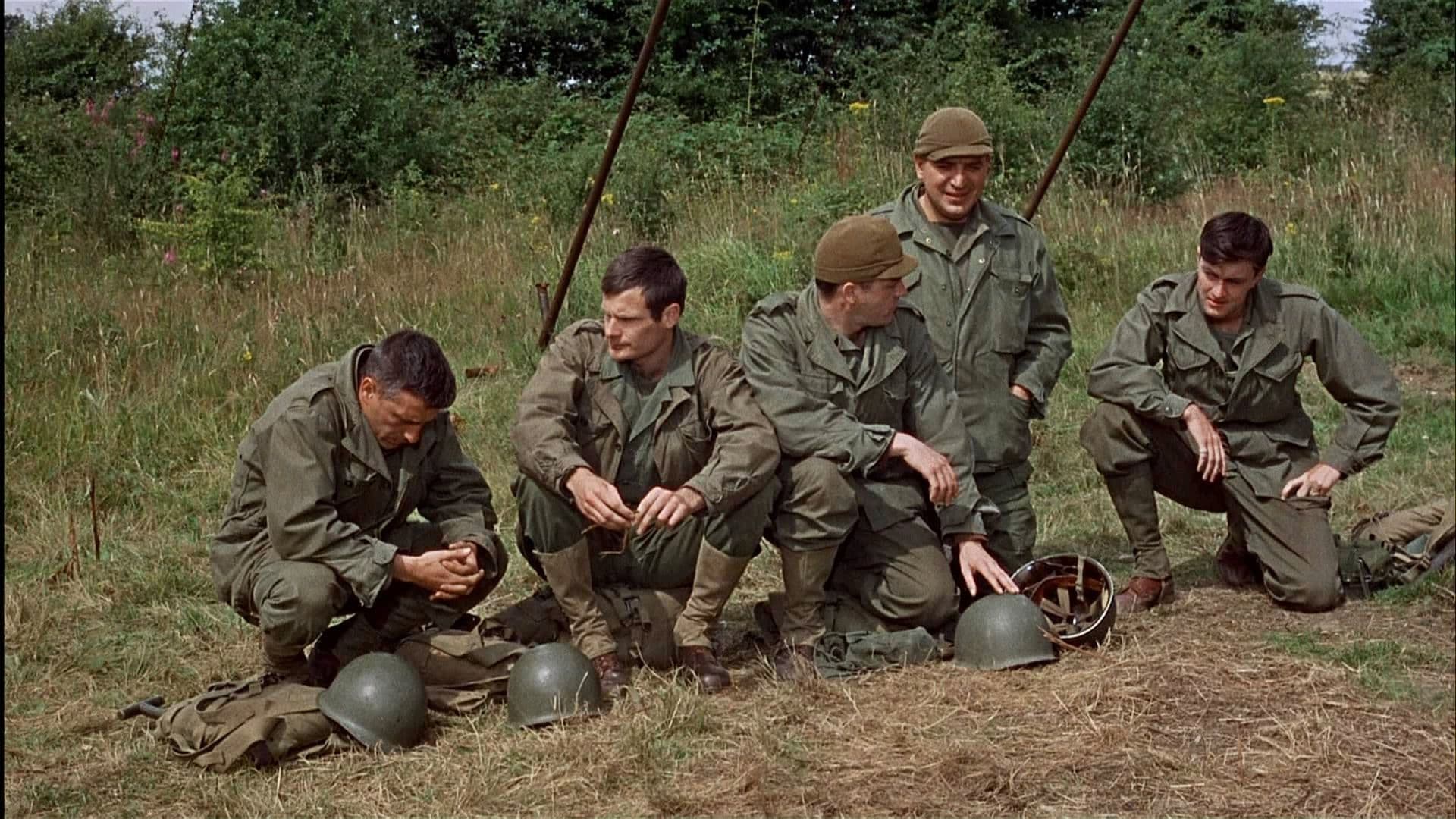
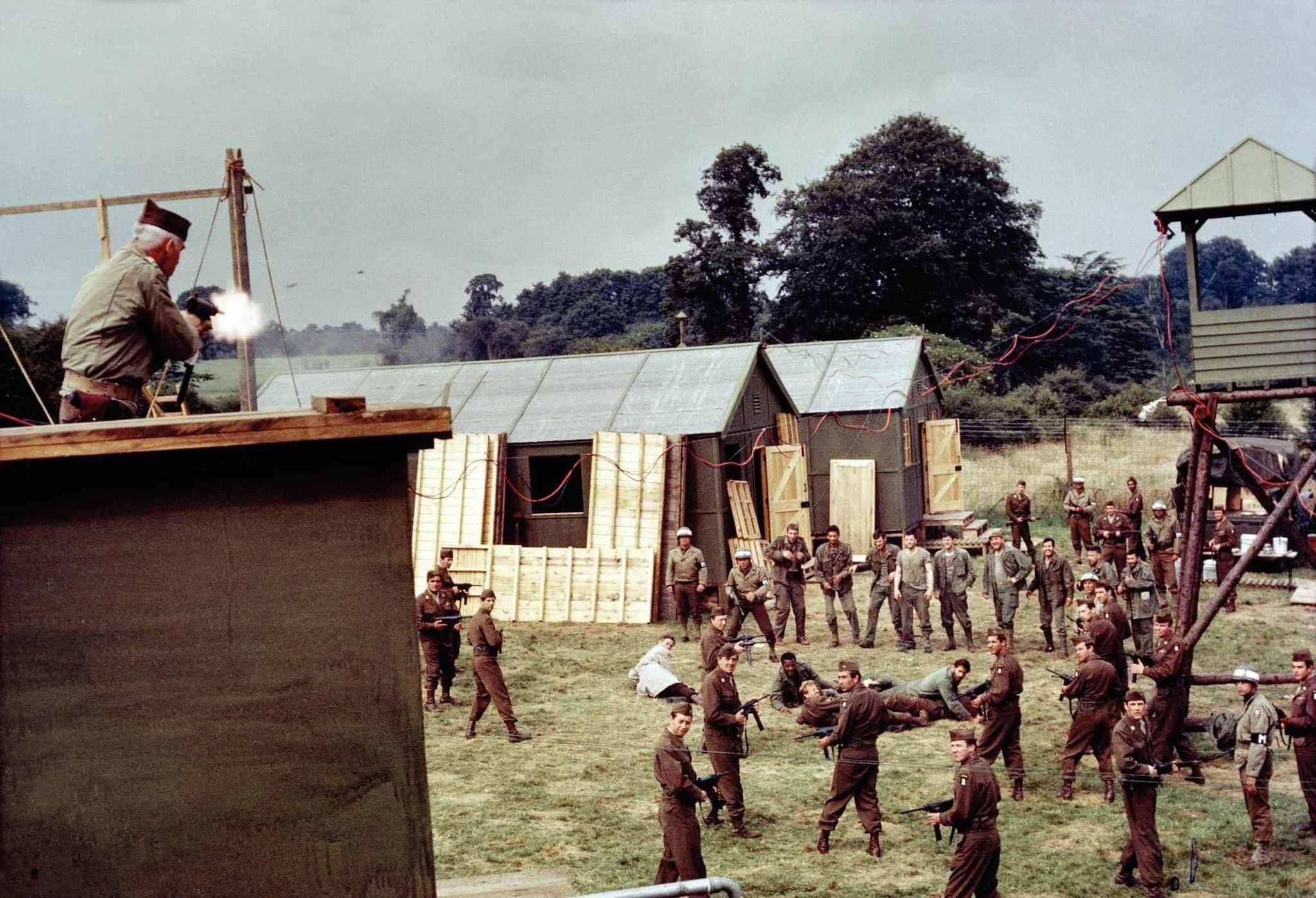
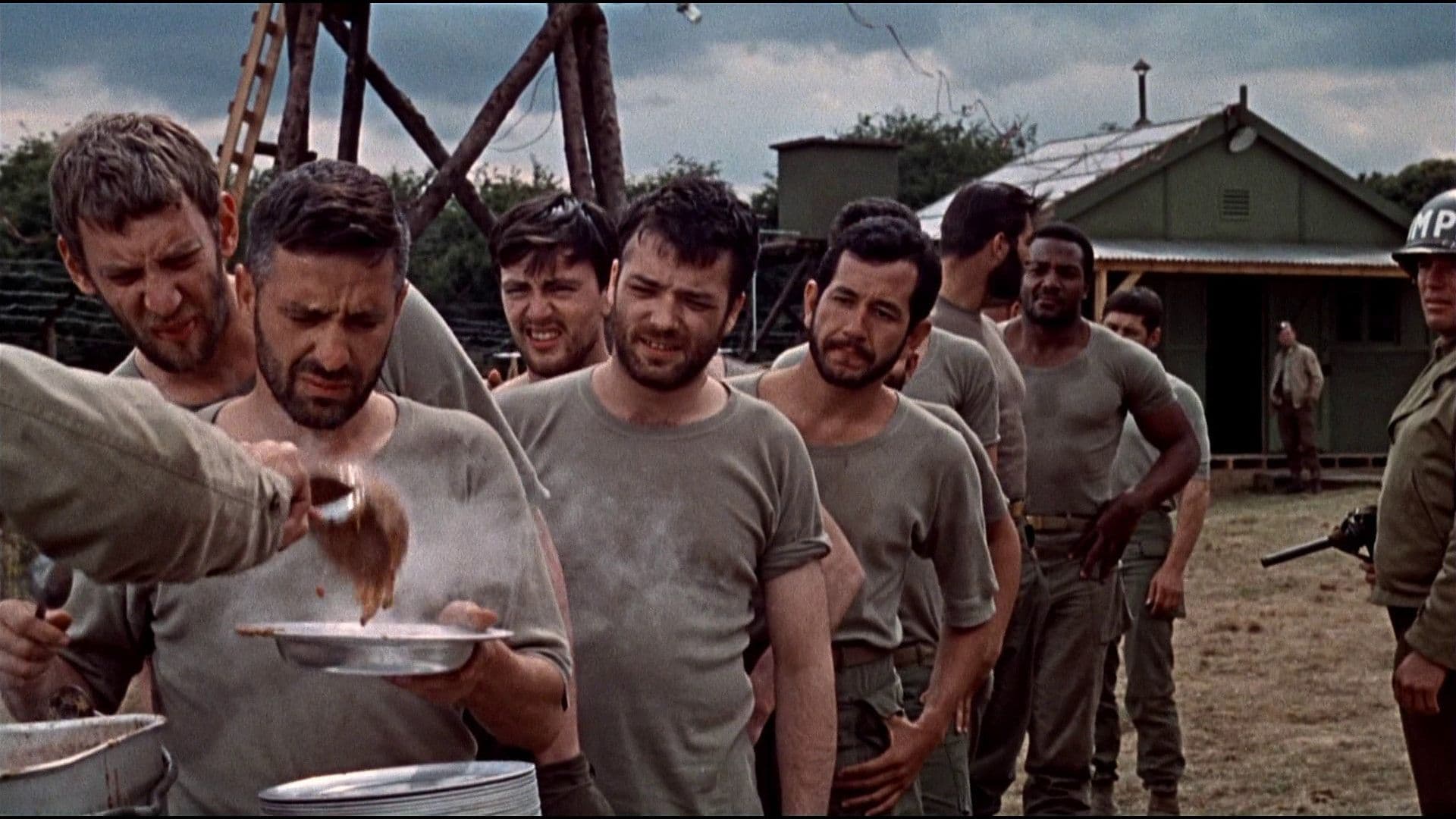


Featured Videos
Official Trailer
Comments
Loading comments...